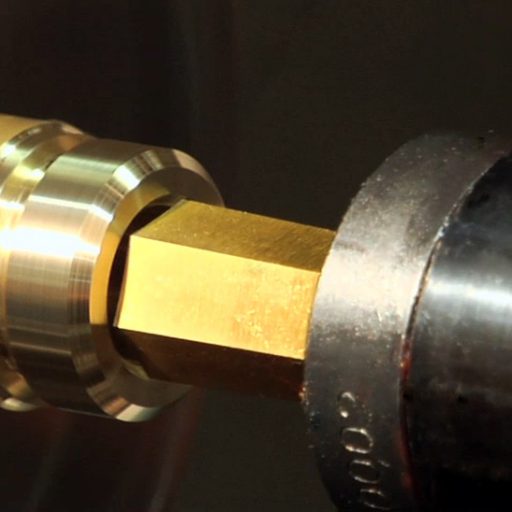Finding the Best Broaching Solution
When your shop gets a new job or is looking for a faster and less expensive solution to producing a part, the research begins on which manufacturing method is best for your application. There are a number of factors that need to be considered when looking into different manufacturing methods: feasibility, price, delivery time, etc. These same factors apply when searching for a custom broaching solution to create a shape on or in a part.
When the term “broaching” is used in the manufacturing industry, many think of conventional pull broaching. This method involves pressing or pulling a long toothed bar through a part on a press or other dedicated broaching machine. The problem with conventional broaching is that it has many application limitations. Additionally, the high cost of a custom pull broach and astronomical lead times can blow your chances winning a job out of the water.
A manufacturing method called rotary or wobble broaching addresses these problems and can outperform conventional pull broaching in many areas. Rotary broaching is done on a CNC lathe, mill, or other turning center. This allows the user to create ID or OD shapes at the same time as other turning or machining operations. As a result, there is no down time or costs associated with changing machines to create the form.
Another substantial advantage of the rotary broaching process is that it is rapid. An average application runs at 2000RPM and .006 IPR, which greatly increases the rate of producing forms as well as profitability. Further, conventional broaching requires a through hole in order to pull the broach through the part. With rotary broaching, a rotary broach is simply fed into the work piece to the desired depth then retracted out, making blind hole broaching possible. Finally, the cost associated with rotary broaching is a fraction of the cost of a conventional broach and lead times are minimal to none.
Many industries around the globe are already using rotary broaching tools and gaining a significant competitive advantage by rapidly producing hexagons, squares, serrations, torx, splines and other shapes. Join them!

